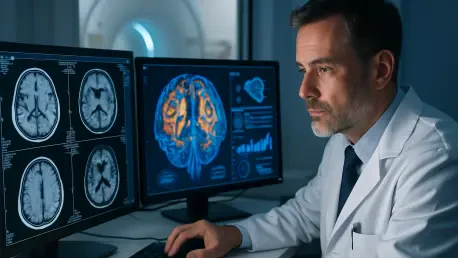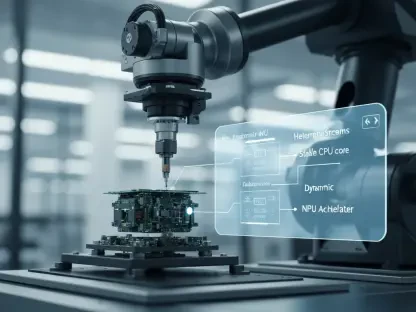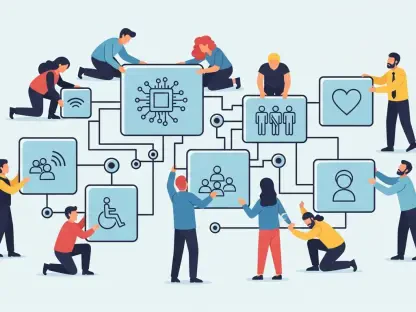The medical image analysis software market stands at the forefront of a technological evolution within healthcare. With significant advancements driven by artificial intelligence and a remarkable surge in its global market value, this sector promises to revolutionize diagnostic practices and patient care methodologies. Notably, the market is projected to grow from USD 3.6 billion in 2024 to USD 7.97 billion by 2035, showcasing a promising compound annual growth rate (CAGR) of 7.55%.
Understanding the Dynamics of Medical Image Analysis
The increasing demand for more precise diagnostic solutions, coupled with the rising prevalence of chronic diseases, is propelling this market’s expansion. Traditionally, medical image analysis was bound by manual interpretations of MRI, CT scans, and X-rays. However, the confluence of AI and advanced imaging technologies now offers healthcare professionals tools that enhance image quality, detect anomalies, and support clinical decisions. This evolution underscores the importance of early disease detection and preventive care initiatives.
The Role of AI and Machine Learning
AI and machine learning have fundamentally transformed the landscape of medical image interpretation. These technologies have automated the detection of pathological conditions, significantly reducing human error while improving diagnostic precision and speed. The generation of substantial volumes of medical imaging data has necessitated innovative software capable of efficiently handling expansive datasets. Regulatory frameworks ensure the safety and efficacy of these software systems, despite presenting barriers for new market entrants.
Emergent Trends Shaping the Industry
The industry is rapidly shifting toward intelligent and integrated solutions. Healthcare organizations increasingly adopt cloud-based deployment models that offer scalability, cost-effectiveness, and remote collaboration, significantly emphasized by the COVID-19 pandemic’s push for telemedicine. Automated reporting systems, particularly in cardiology, oncology, and neurology, are prevalent, offering specialized functionalities tailored to specific diagnostic needs. Real-time image analysis during surgeries gains traction, while augmented and virtual reality bolster medical education and surgical planning.
Competitive Landscape and Market Segmentation
Major industry players such as GE Healthcare and Siemens Healthineers are at the forefront of innovation, embedding AI into their platforms to achieve superior accuracy. North America dominates the market due to its robust healthcare infrastructure and technological adoption level, commanding approximately 45% of global market value. Simultaneously, the Asia-Pacific region is experiencing the highest growth, driven by healthcare infrastructure expansion and investments.
Market Challenges and Strategic Opportunities
Complexities in integrating new software with existing systems, compatibility issues, stringent regulatory compliance requirements, and the scarcity of skilled technical personnel pose significant challenges. Despite these obstacles, the market exhibits robust opportunities through emerging healthcare infrastructures, preventive measures, and advanced diagnostics. Telemedicine solutions are increasingly relevant, broadening the market scope by accommodating remote diagnostics.
Reflecting on Findings and Future Implications
The trajectory of medical image analysis software signals a transformative future for healthcare technology. The integration of AI and machine learning promises continued evolution, facilitating accurate, efficient, and cost-effective diagnostics across diverse healthcare environments. As the market adapts to emerging global health challenges and technological advancements, it provides substantial potential for improving patient outcomes and redefining healthcare delivery. Stakeholders must pursue strategic collaborations and innovation to leverage emerging opportunities and overcome existing challenges.









